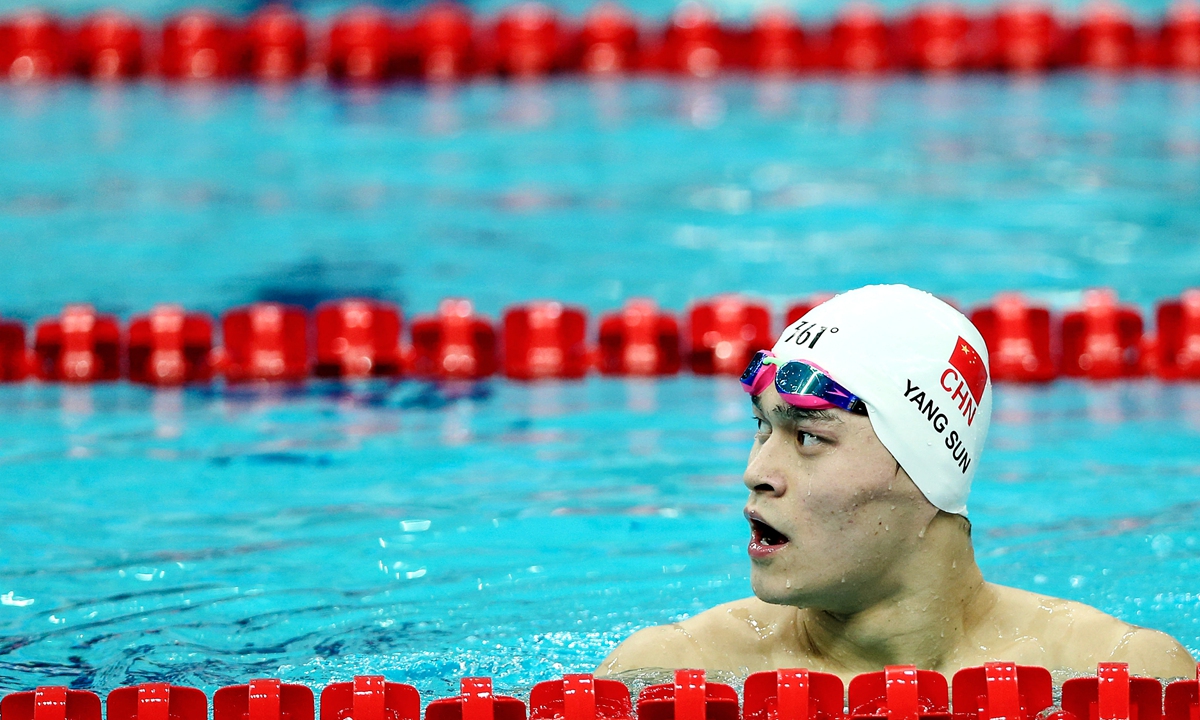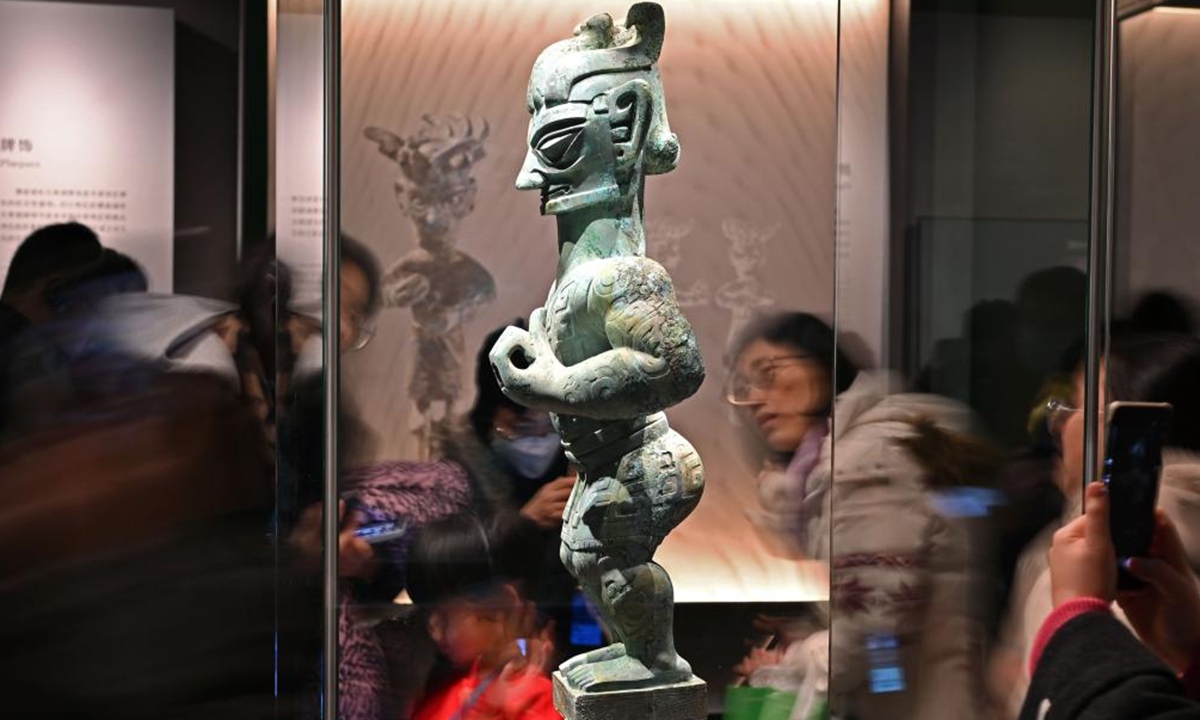The number of rare and unique wildlife species in southwest China’s Xizang Autonomous Region has increased significantly in recent years. Tibetan antelopes, black-necked cranes, wild yaks, brown bears, wolves, and corsac foxes are among the species showing notable population recoveries. This positive change is a testament to the combined efforts of the government and countless ecological “guardians” dedicated to preserving the biodiversity of the plateau.
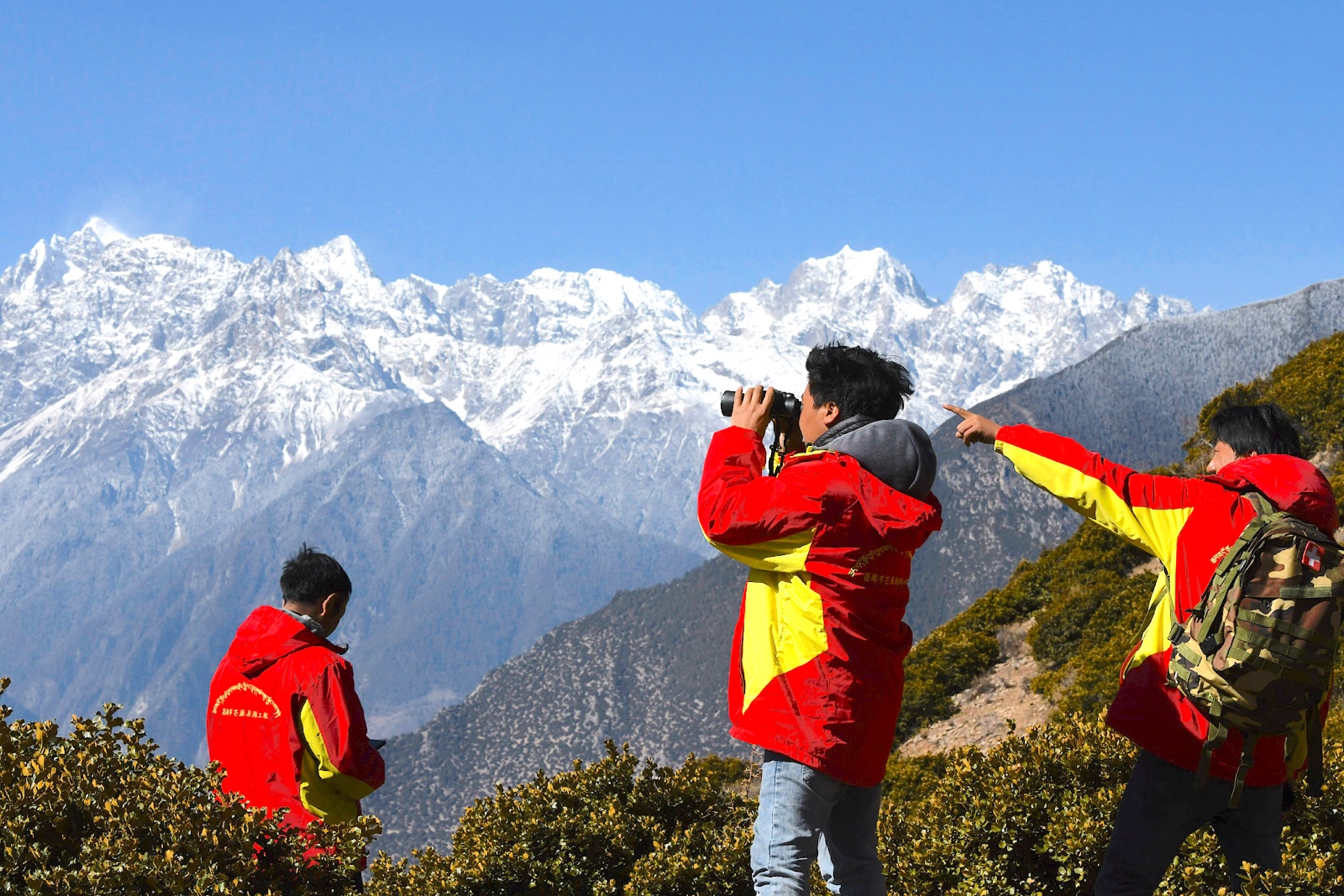 Rangers are seen patrolling at the black snub-nosed monkey nature reserve in Qamdo City, Xizang on February 14, 2023. /CFP
Rangers are seen patrolling at the black snub-nosed monkey nature reserve in Qamdo City, Xizang on February 14, 2023. /CFP
Rangers are seen patrolling at the black snub-nosed monkey nature reserve in Qamdo City, Xizang on February 14, 2023. /CFP
Since 2012, Xizang has prioritized ecological conservation, recognizing its critical role in national ecological security. Through a series of comprehensive measures, significant advancements have been made in protecting the environment.
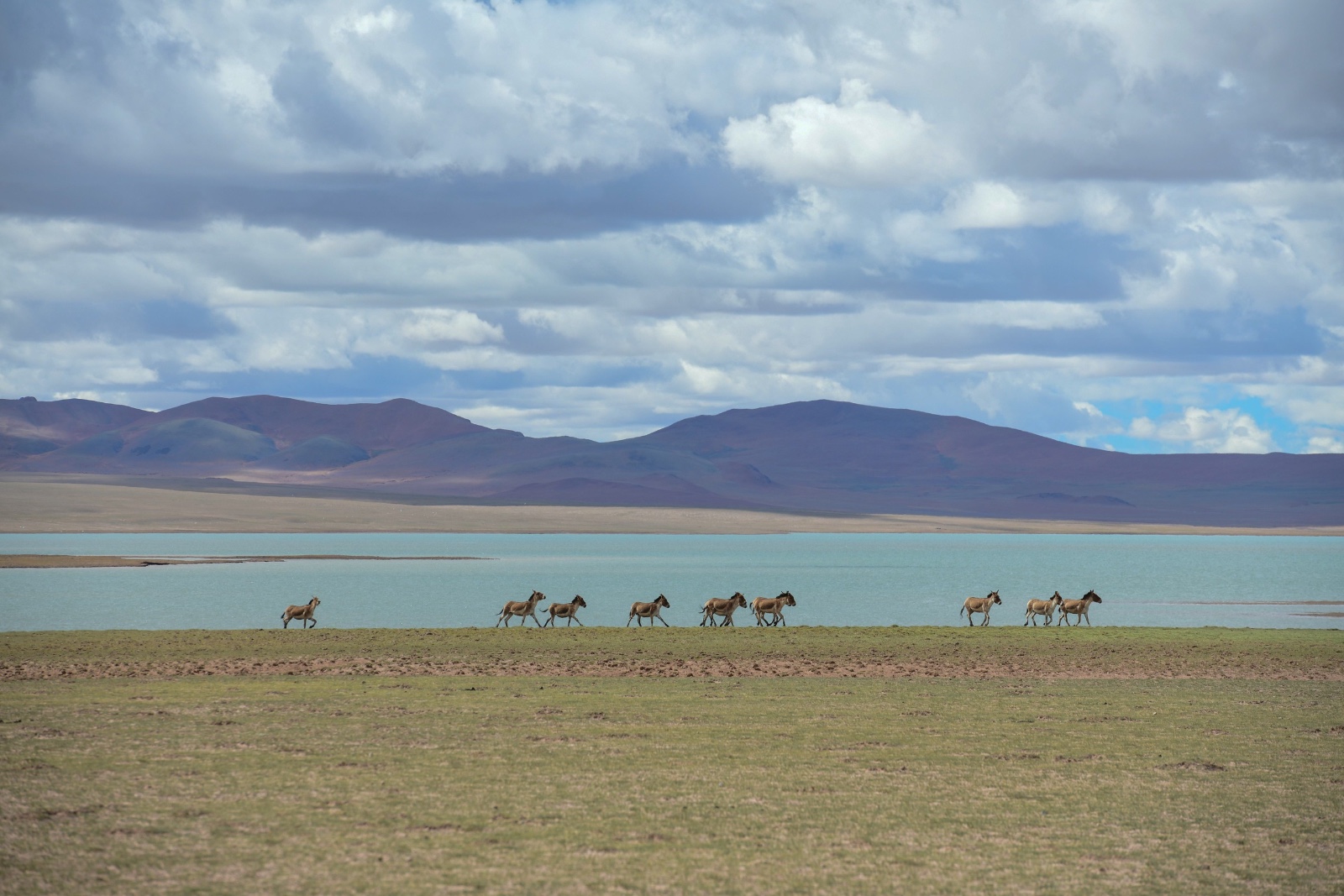 A file photo shows a herd of kiang roaming the Qiangtang grasslands in Xizang. /IC
A file photo shows a herd of kiang roaming the Qiangtang grasslands in Xizang. /IC
A file photo shows a herd of kiang roaming the Qiangtang grasslands in Xizang. /IC
The Qiangtang National Nature Reserve, designated a “zone unsuitable for life” due to its average altitude of over 5,000 meters, is home to more than 70 management stations and hundreds of rangers. Their primary role is to patrol and document the wildlife there. They classify and record the number, population and gender of the animals they encounter, providing essential data for monitoring changes in wildlife populations.
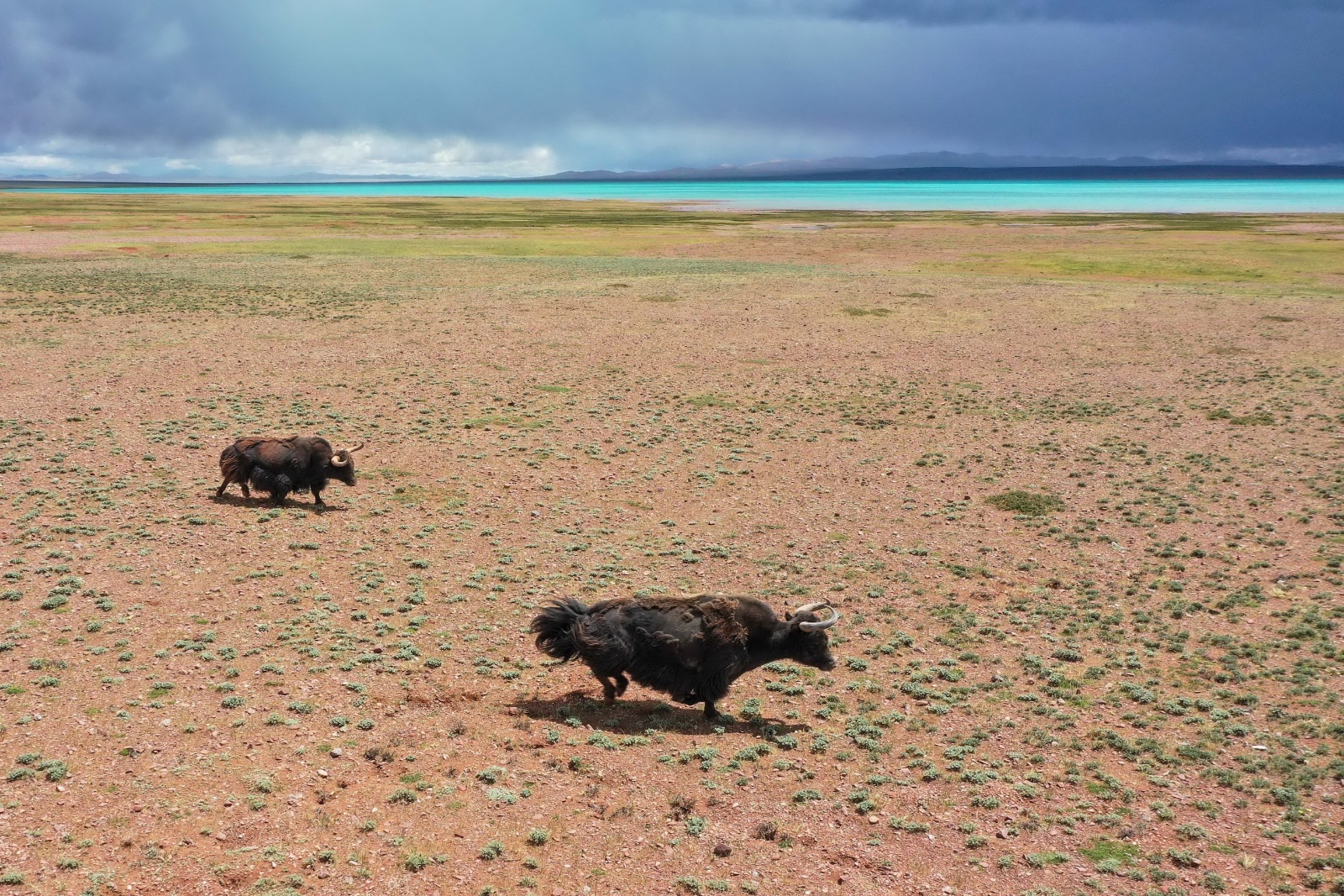 A file photo shows two wild yaks roaming the Qiangtang grasslands in Xizang. /IC
A file photo shows two wild yaks roaming the Qiangtang grasslands in Xizang. /IC
A file photo shows two wild yaks roaming the Qiangtang grasslands in Xizang. /IC
Jiang Nan, a staff member at the Beijing-based Shan Shui Conservation Center, an NGO dedicated to species and ecosystem conservation, has spent five years researching and monitoring the snow leopard population on the Qinghai-Xizang Plateau. Jiang said that despite the harsh conditions, each biodiversity study is filled with joy because of the unparalleled sense of achievement in protecting wildlife.
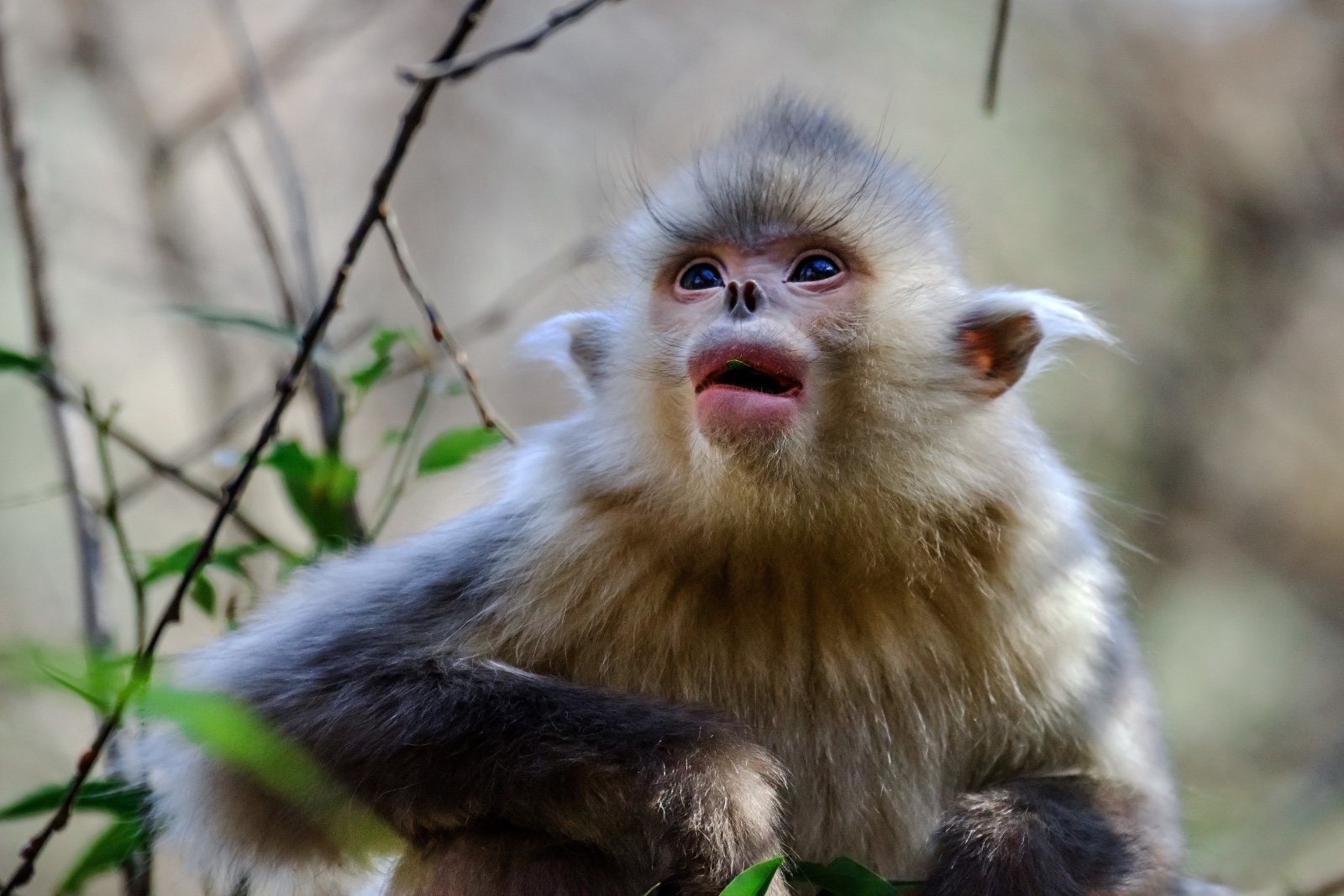 A file photo shows a black snub-nosed monkey in its habitat at the intersection of China’s Xizang, Sichuan and Yunnan. /IC
A file photo shows a black snub-nosed monkey in its habitat at the intersection of China’s Xizang, Sichuan and Yunnan. /IC
A file photo shows a black snub-nosed monkey in its habitat at the intersection of China’s Xizang, Sichuan and Yunnan. /IC
Today, more and more wild animals are appearing across the plateau, offering visitors the chance to occasionally encounter animals like Tibetan antelopes and kiang, the largest of the wild asses. This growing presence of wildlife illustrates a beautiful scene of harmonious coexistence between humans and nature.


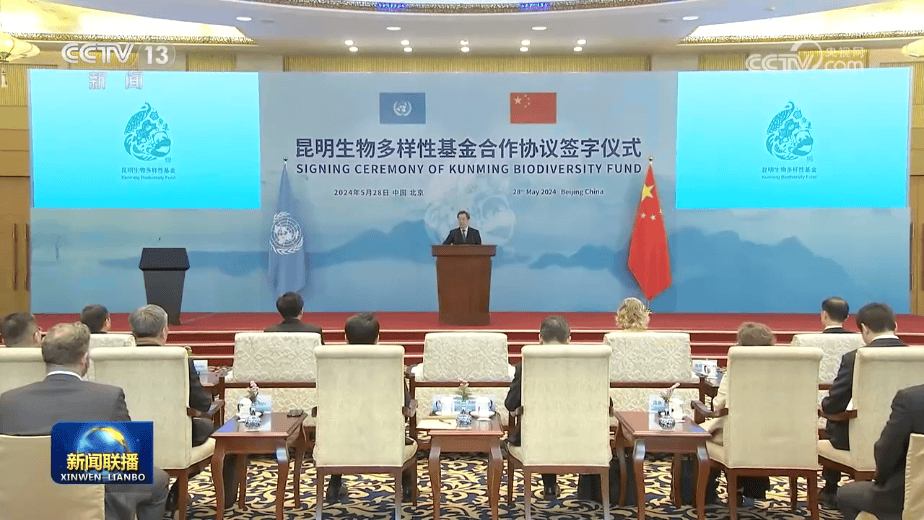 Chinese Vice Premier Ding Xuexiang at the signing ceremony of Kunming Biodiversity Fund. /CFP
Chinese Vice Premier Ding Xuexiang at the signing ceremony of Kunming Biodiversity Fund. /CFP 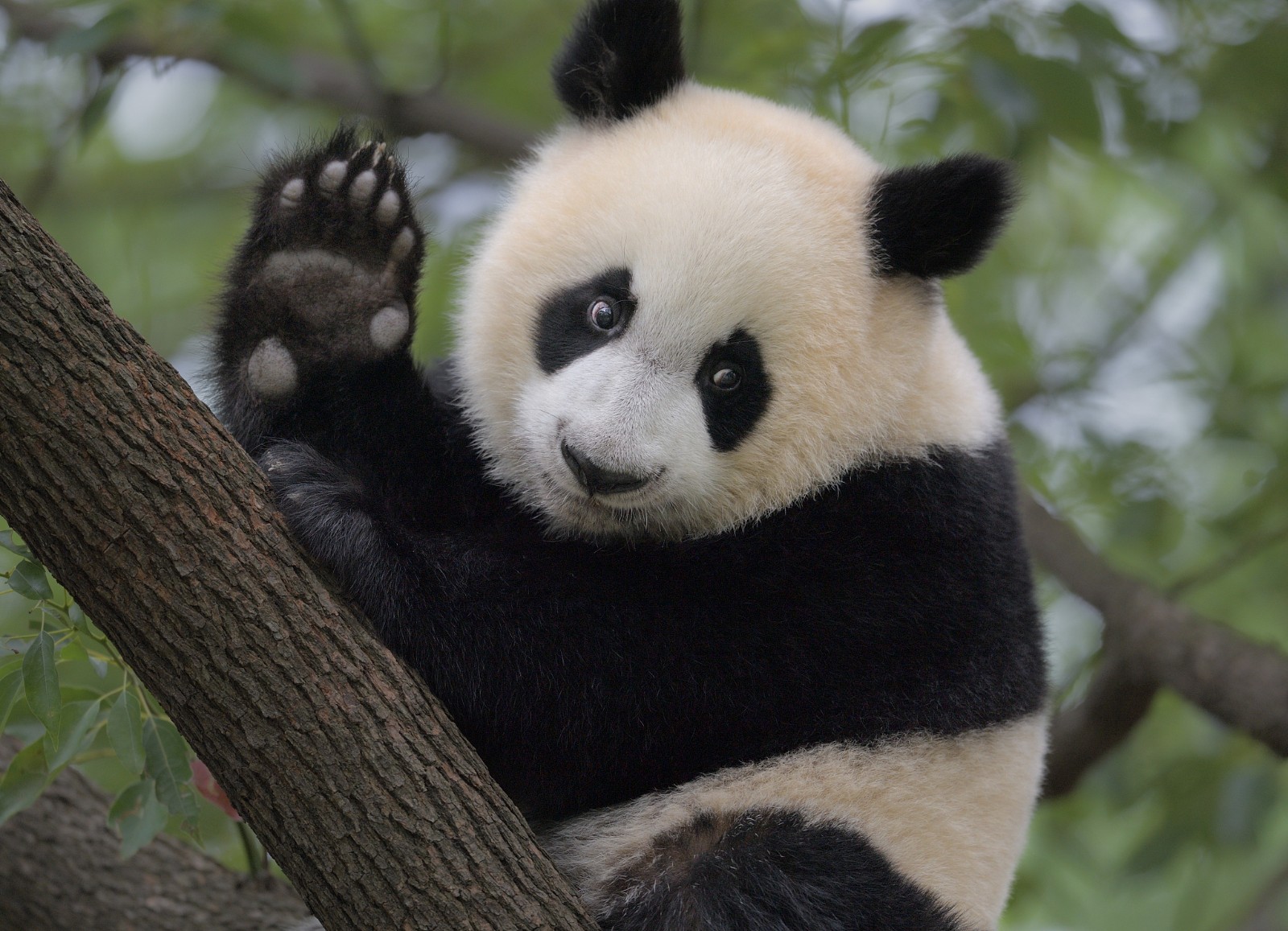 UNEP Executive Director Inger Andersen mentioned the significant growth of mangroves in China and its protection of the endangered giant panda. /CFP
UNEP Executive Director Inger Andersen mentioned the significant growth of mangroves in China and its protection of the endangered giant panda. /CFP 
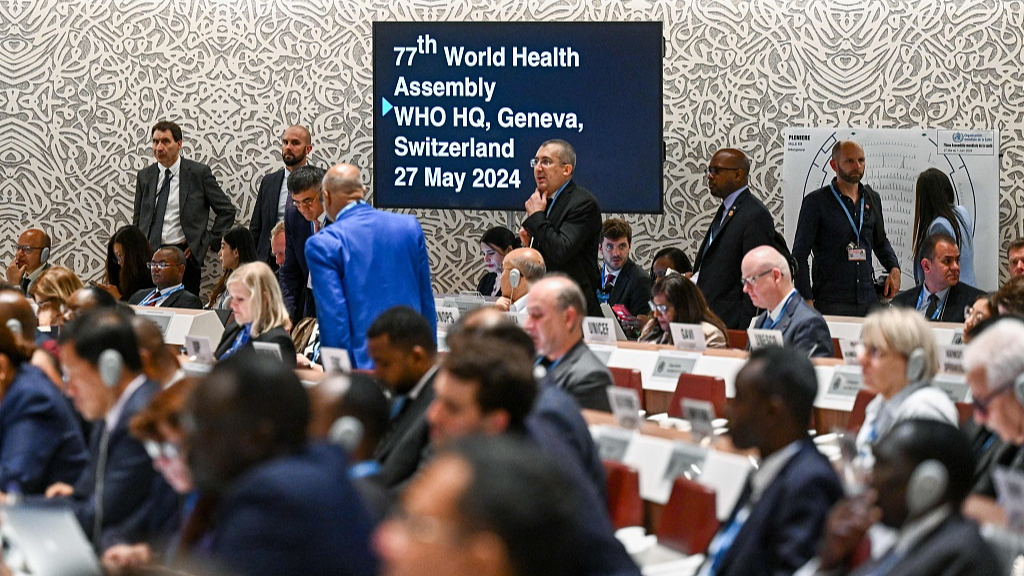 Delegates attend the opening day of the 77th World Health Assembly in Geneva, Switzerland, May 27, 2024. /CFP
Delegates attend the opening day of the 77th World Health Assembly in Geneva, Switzerland, May 27, 2024. /CFP 




 [Photo provided to chinadaily.com.cn]
[Photo provided to chinadaily.com.cn] 
 Beijing Dangdai returns to the National Agricultural Exhibition Center this year to show art and hold forums. [Photo provided to China Daily]
Beijing Dangdai returns to the National Agricultural Exhibition Center this year to show art and hold forums. [Photo provided to China Daily] 
